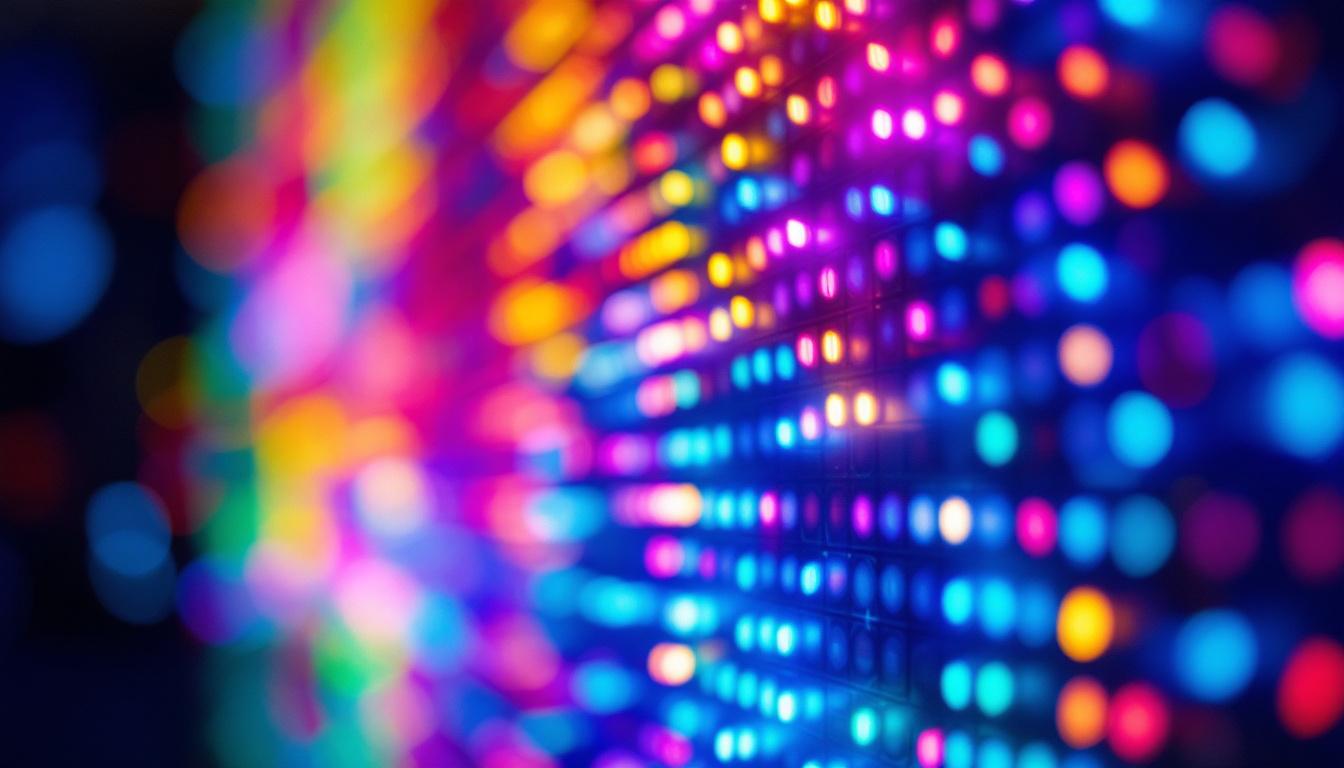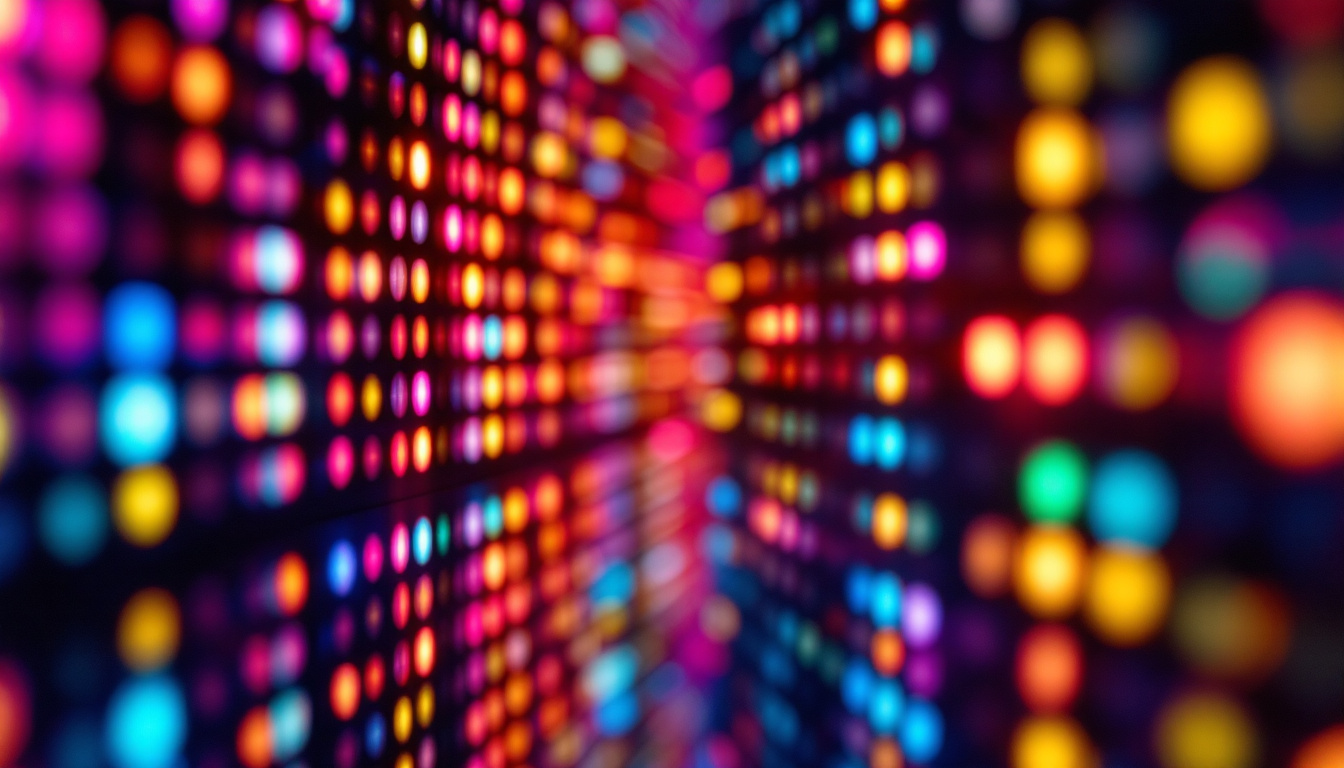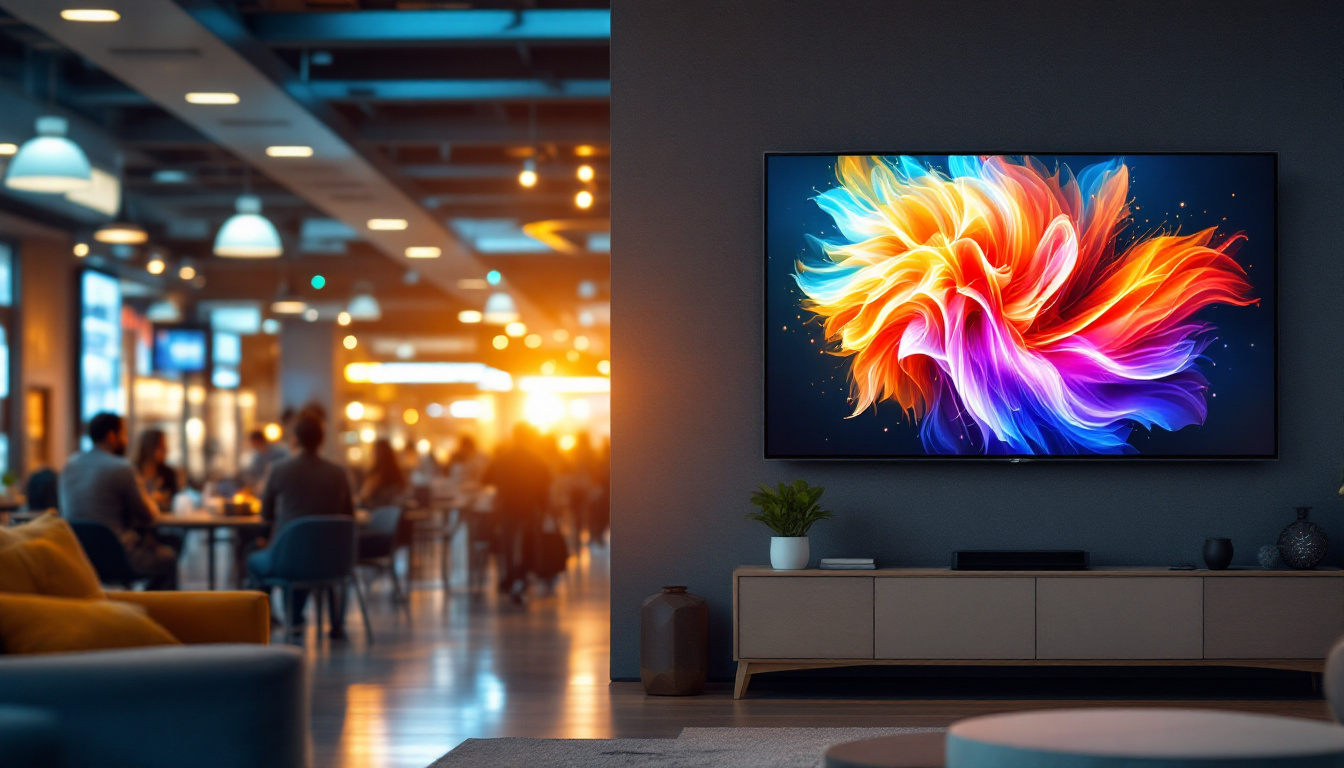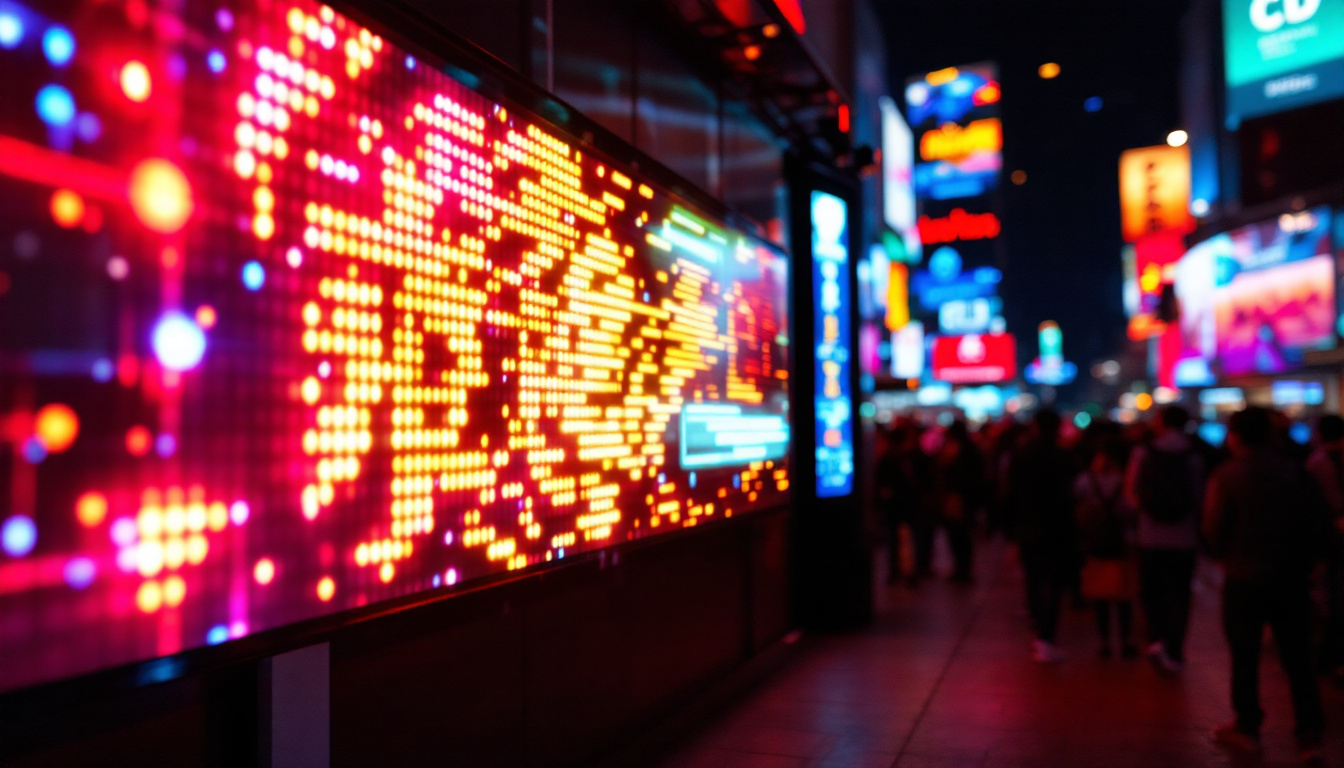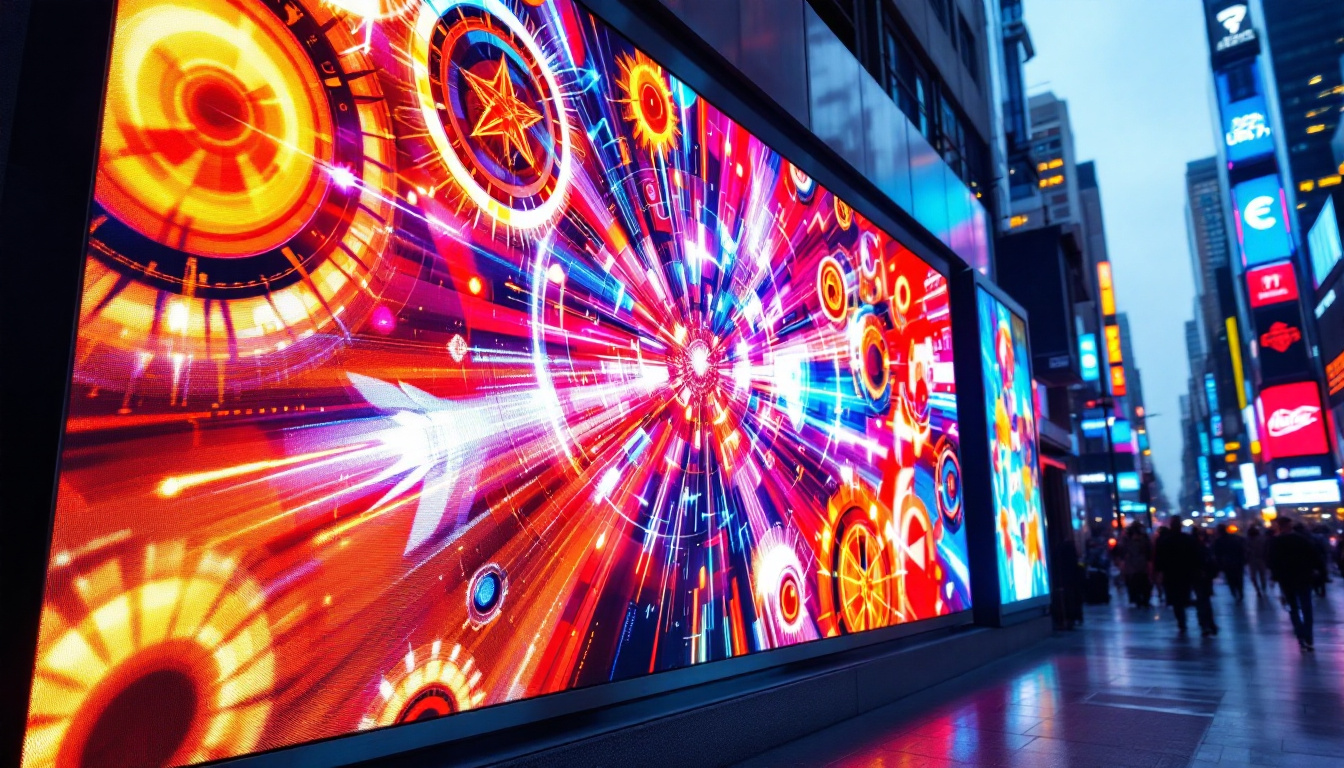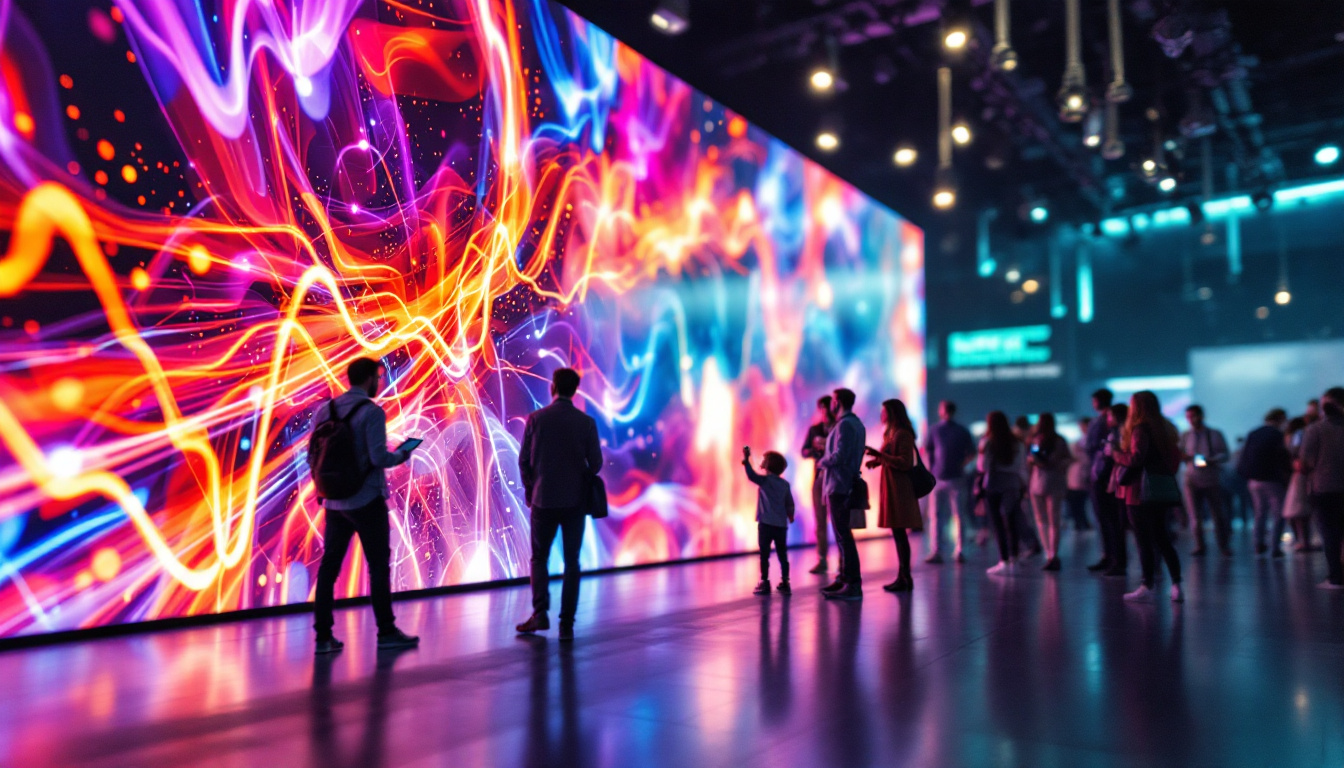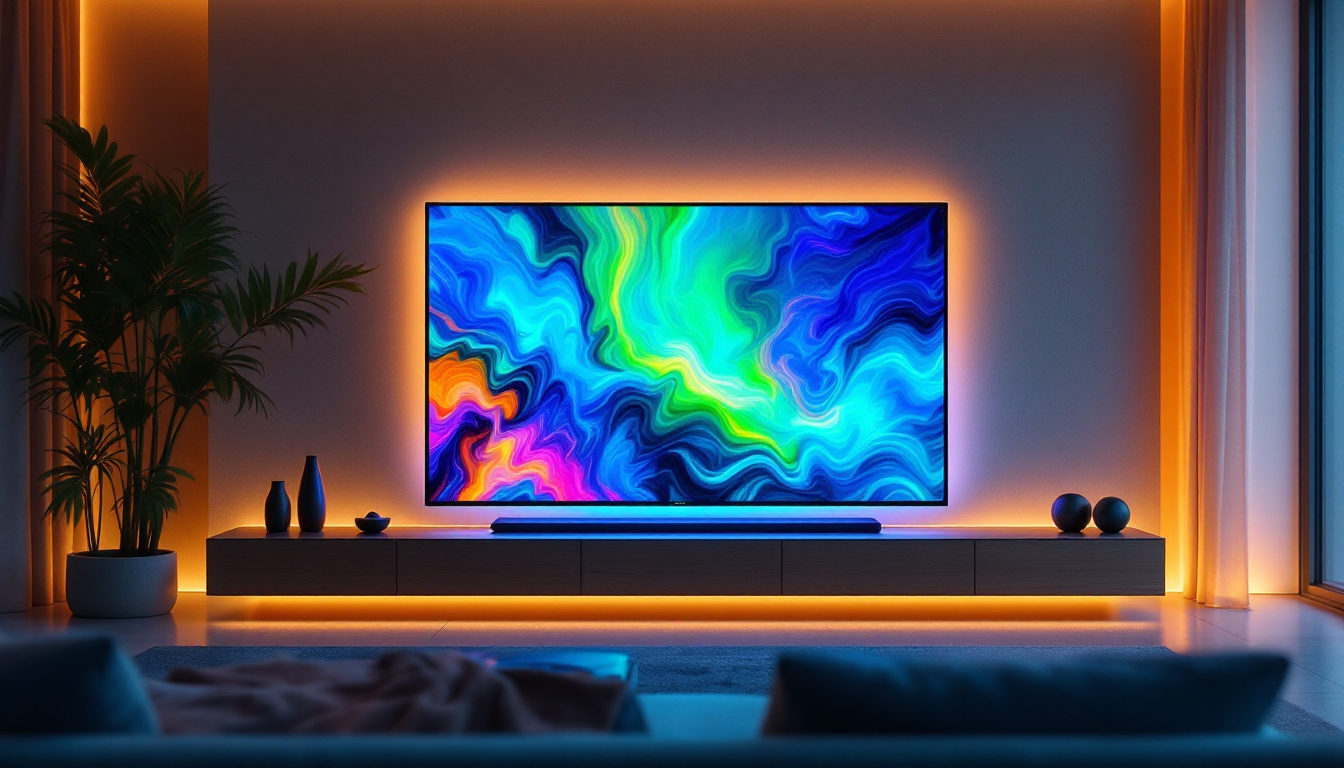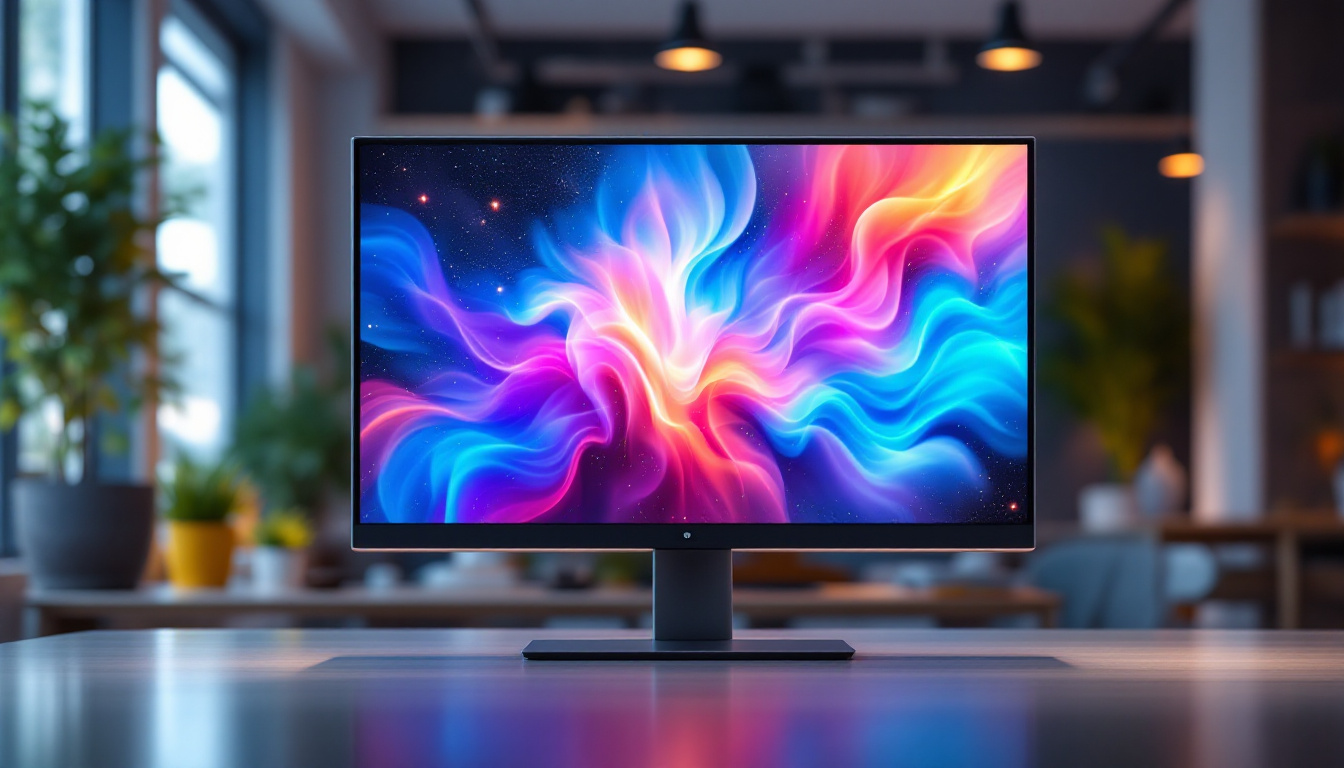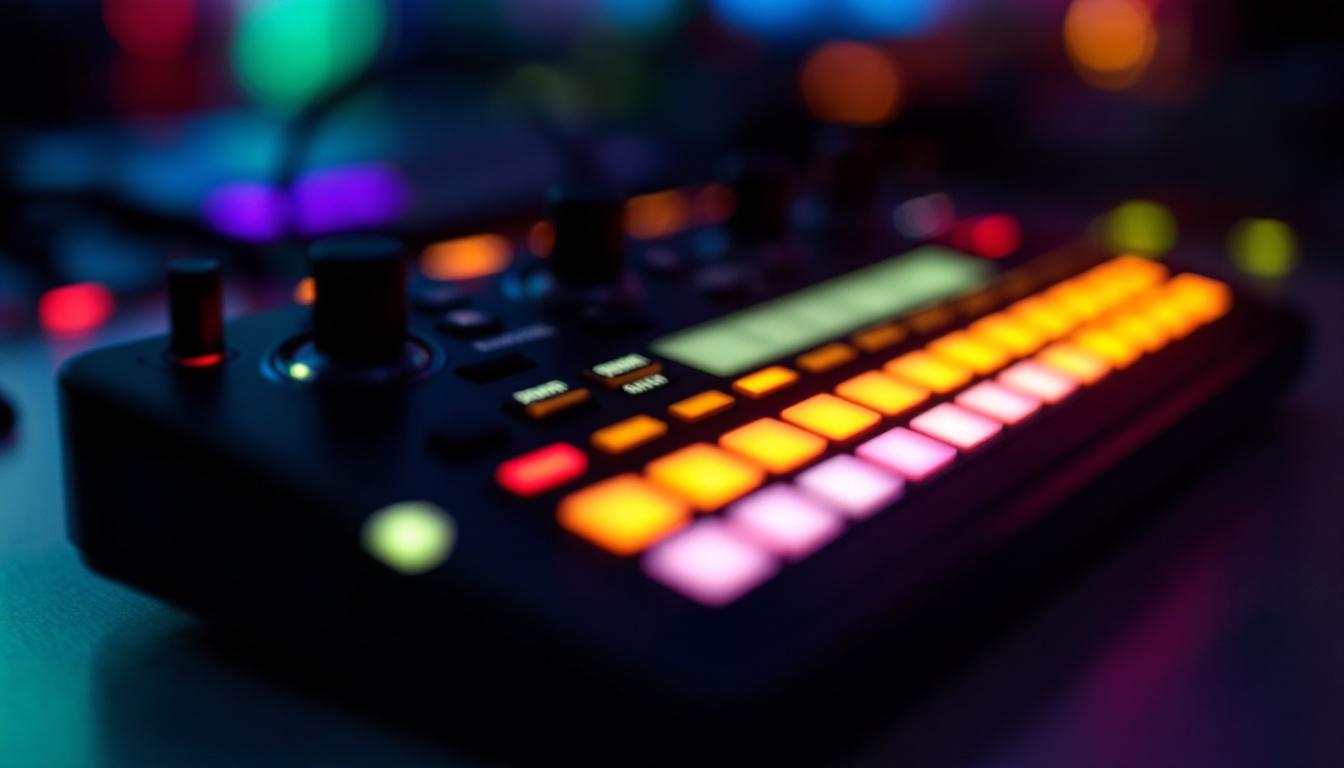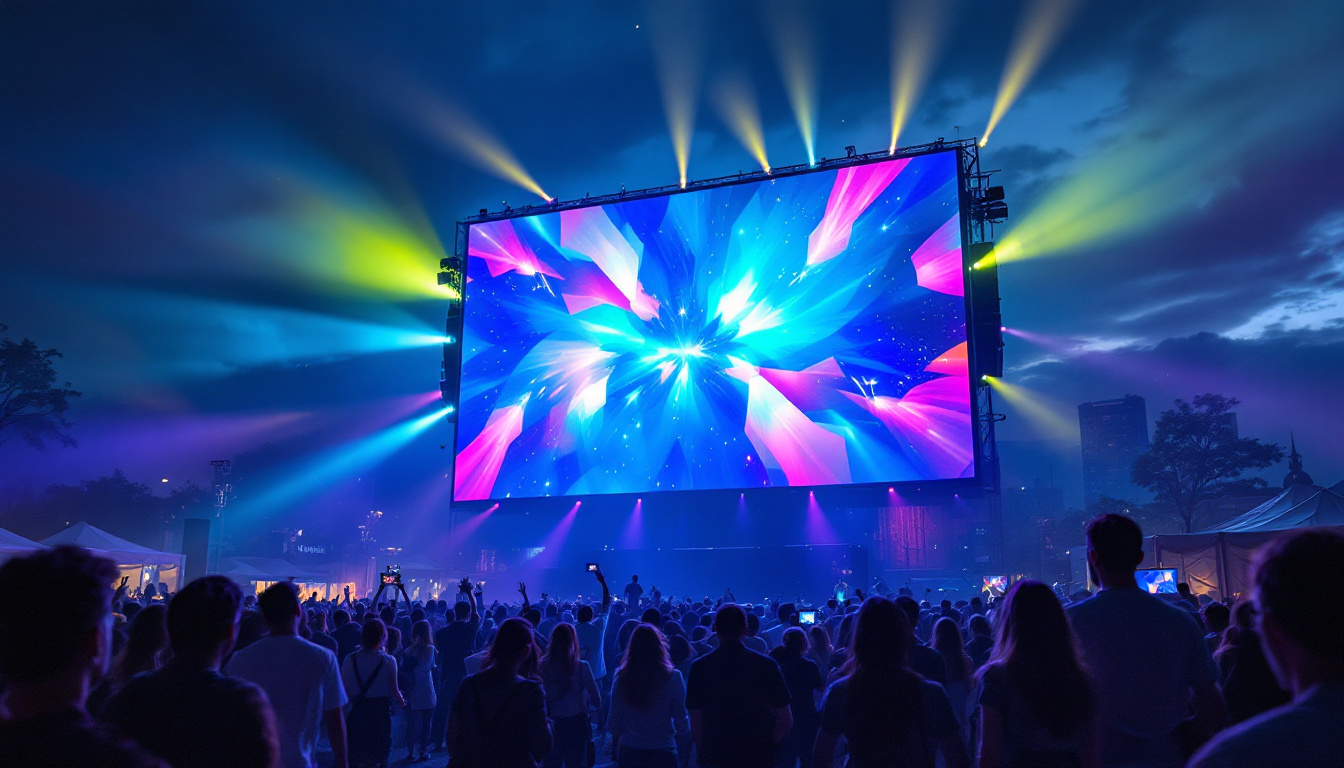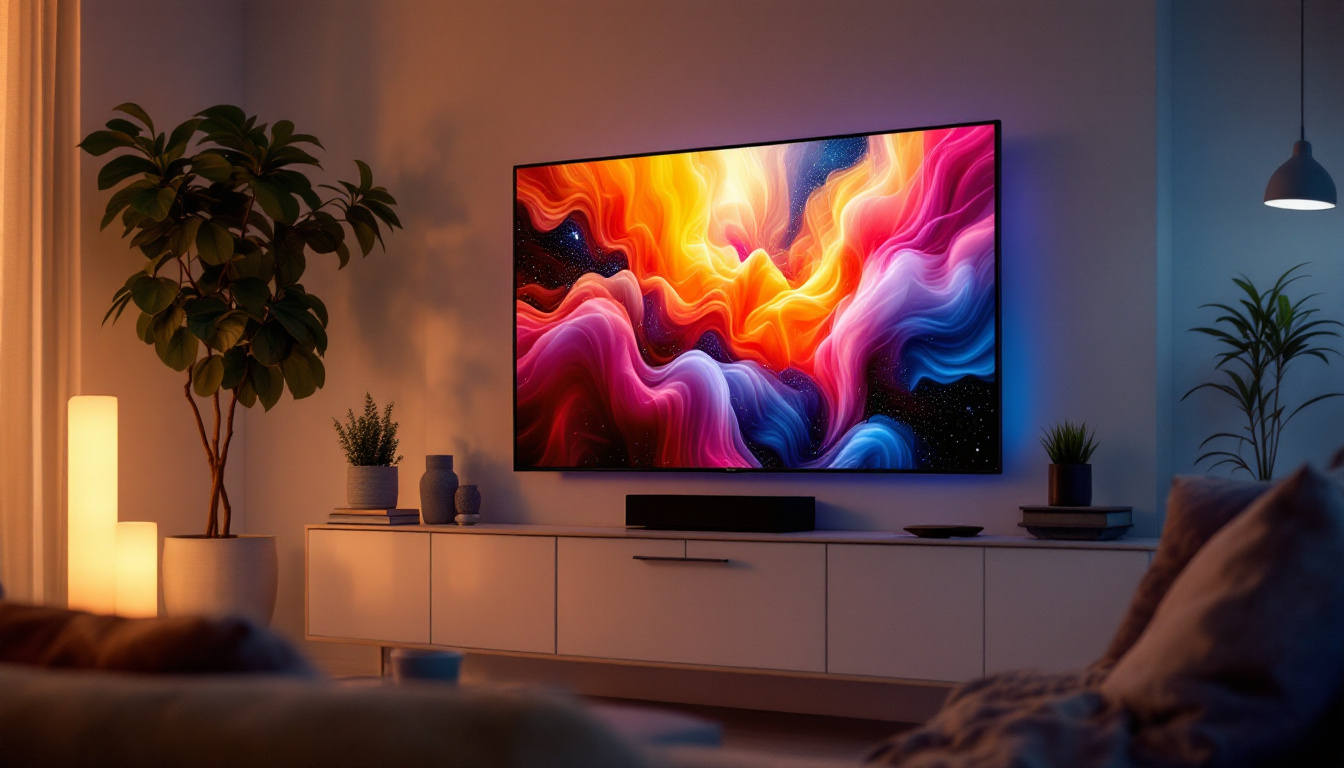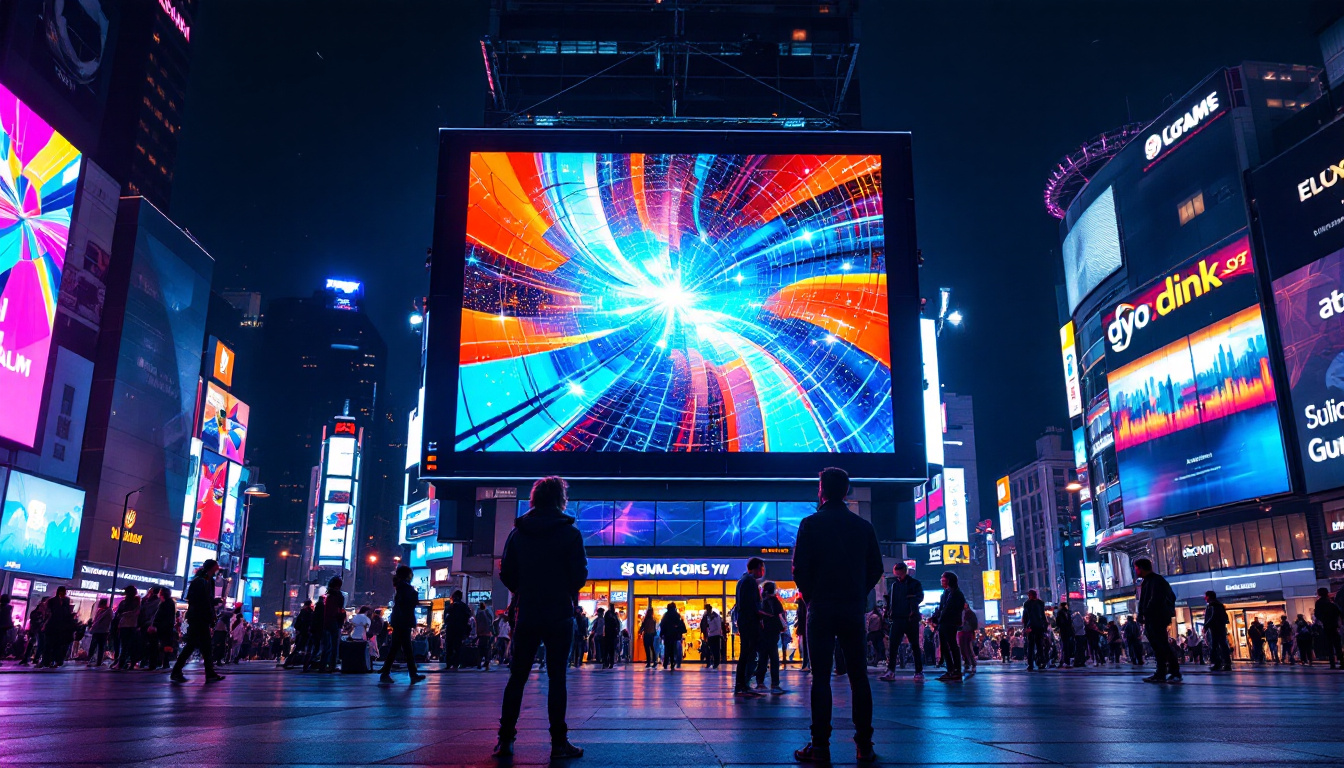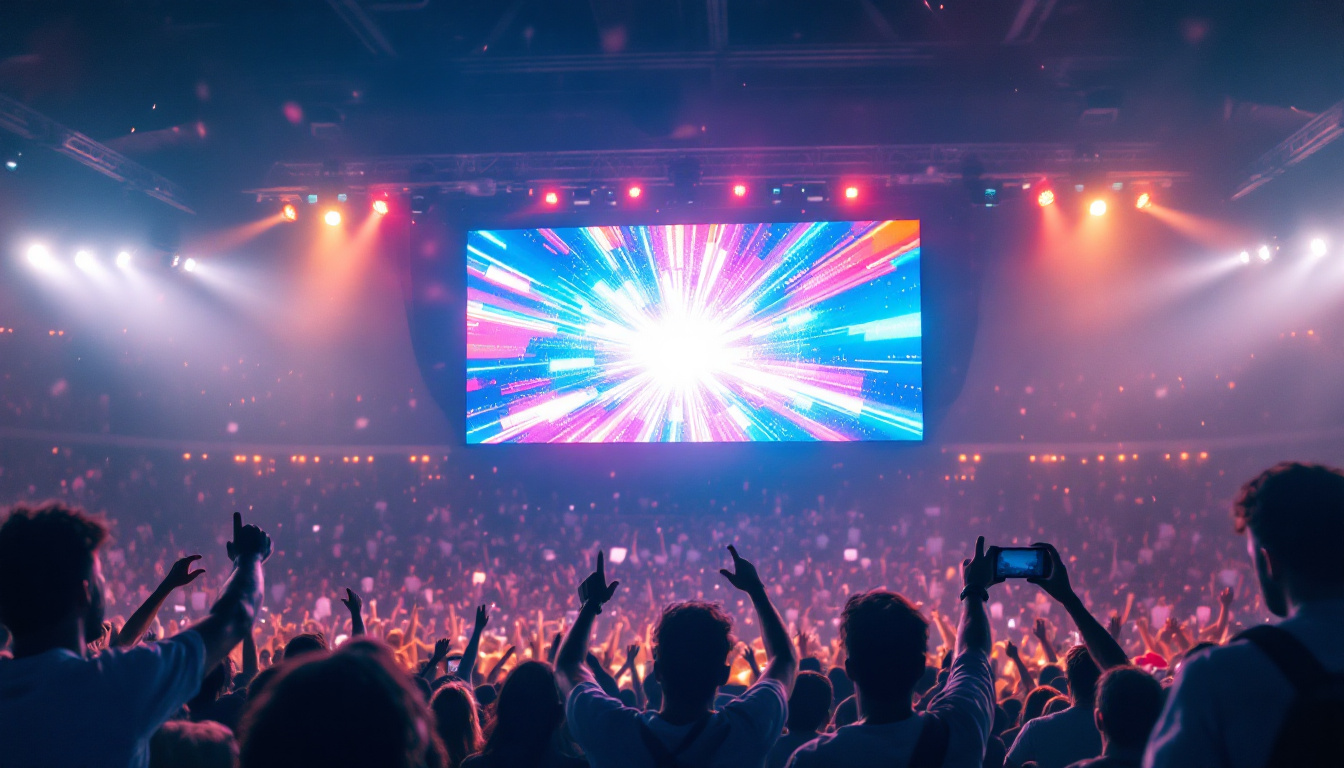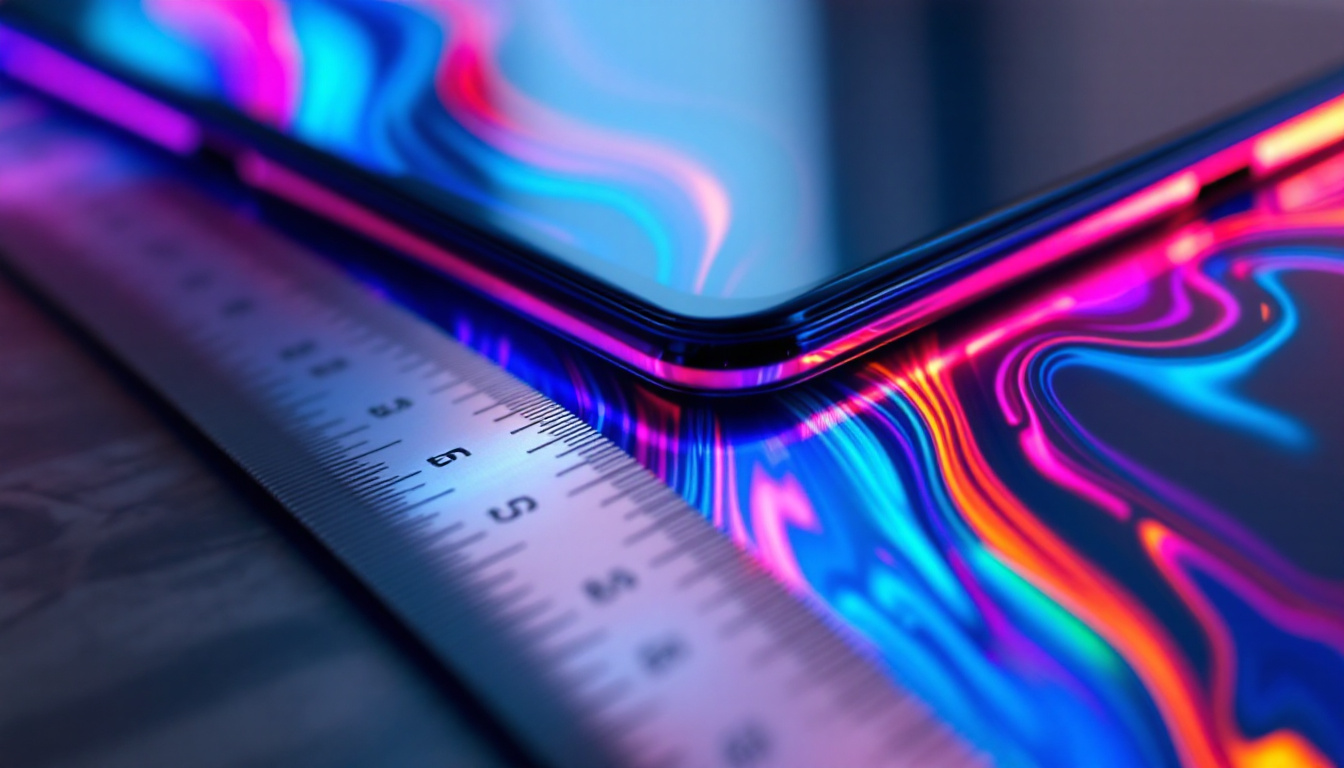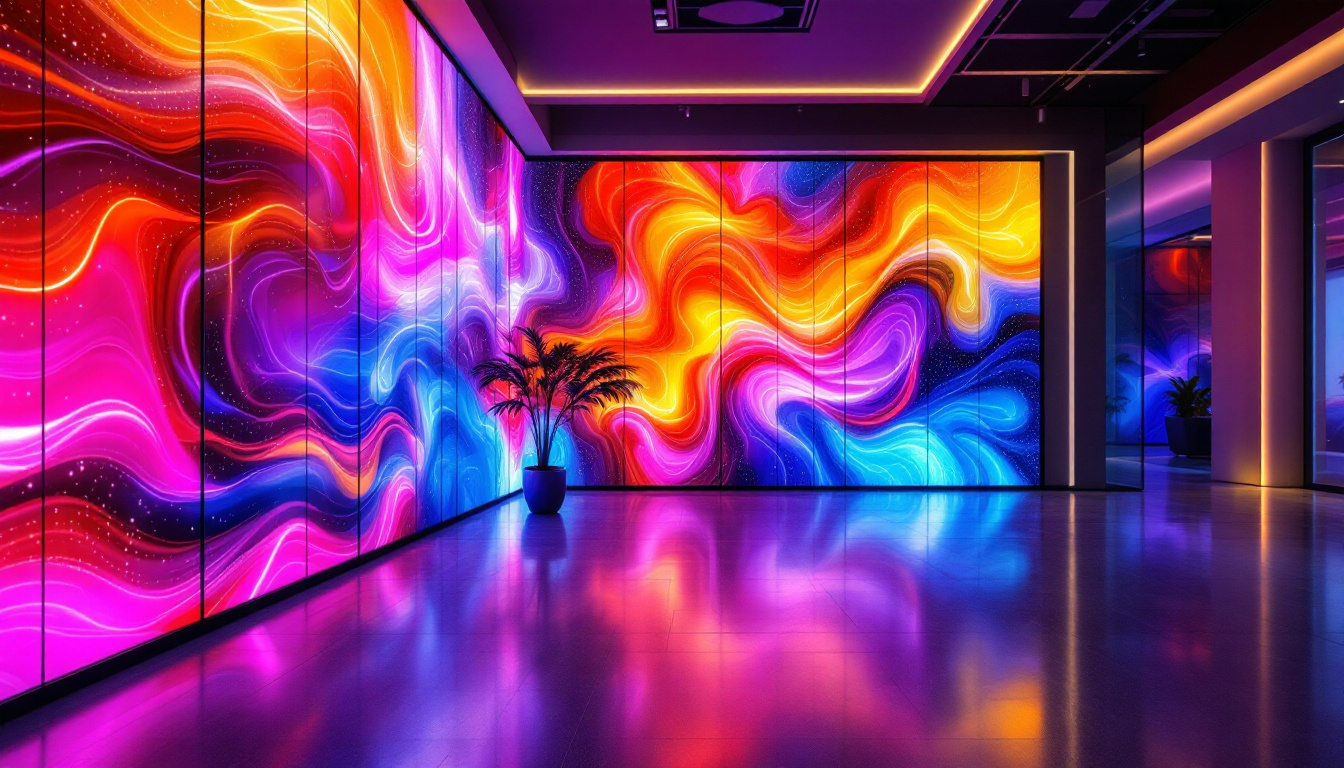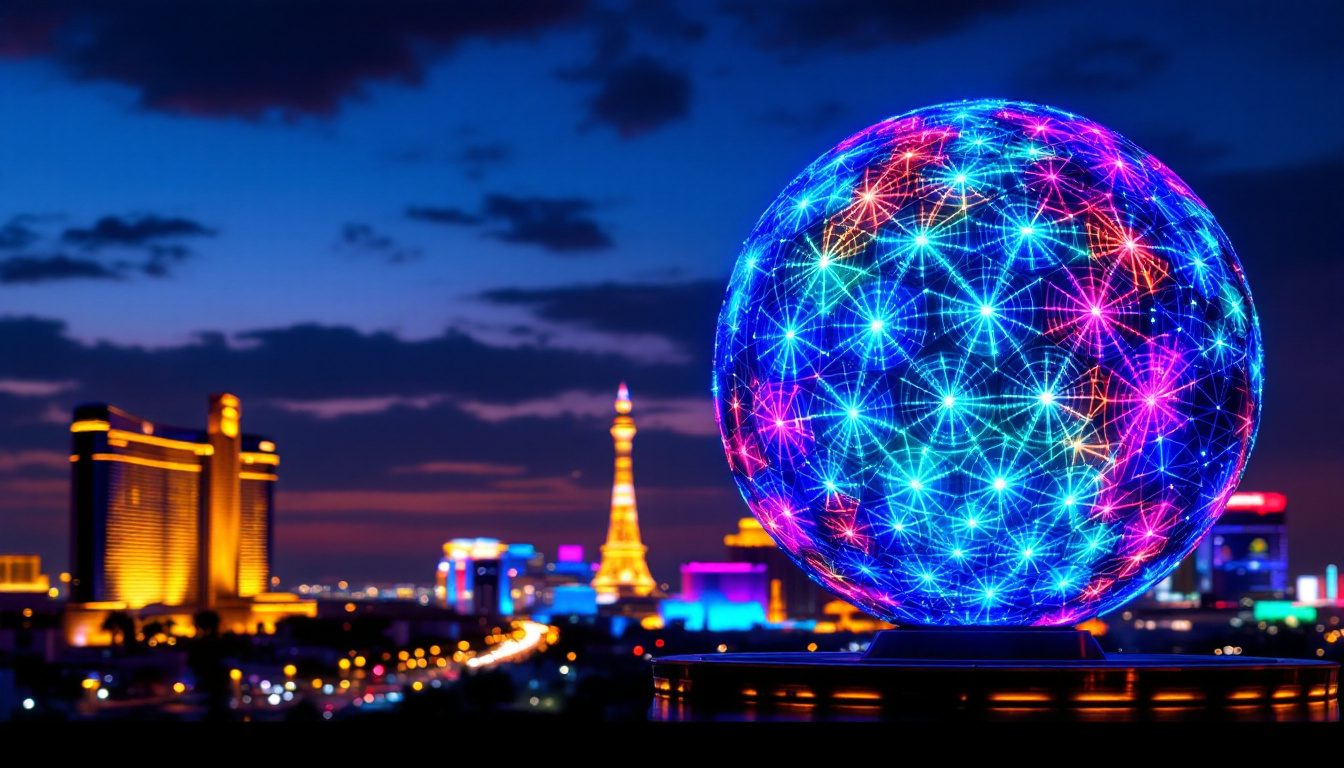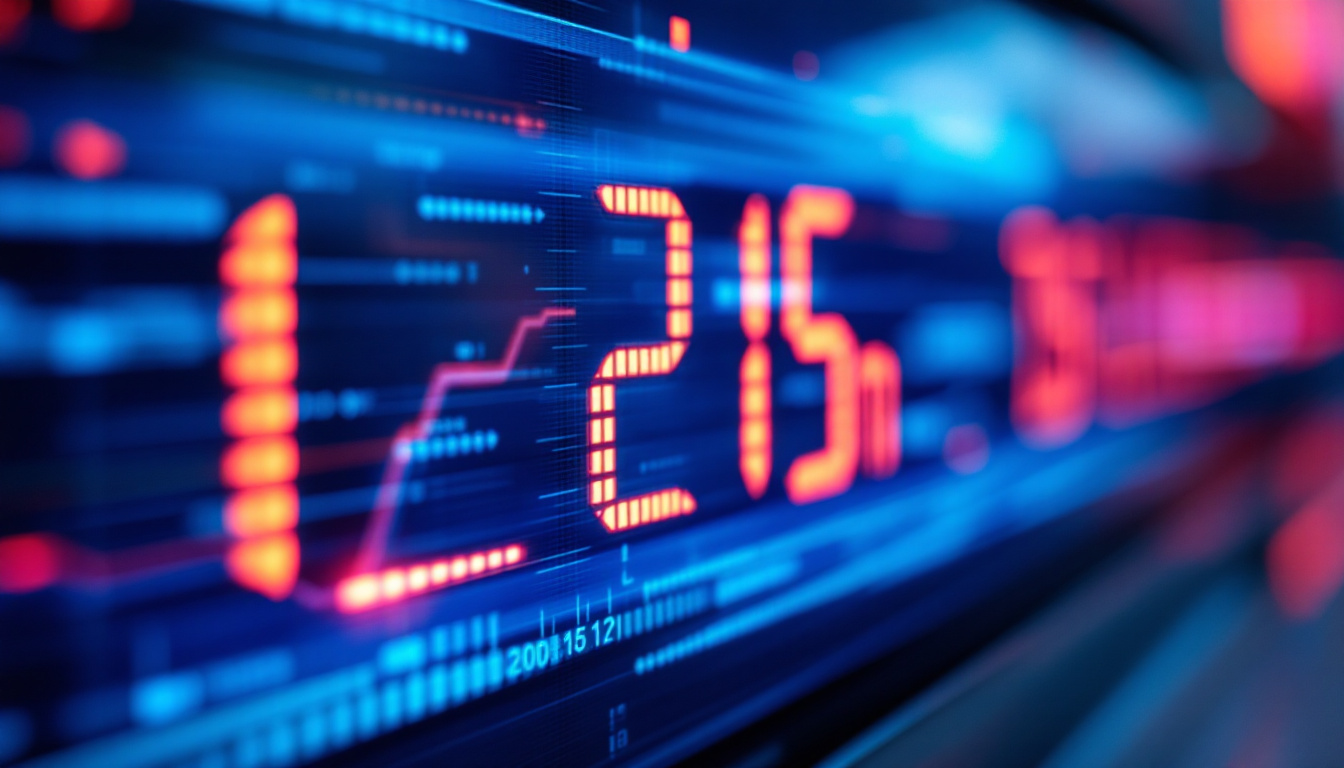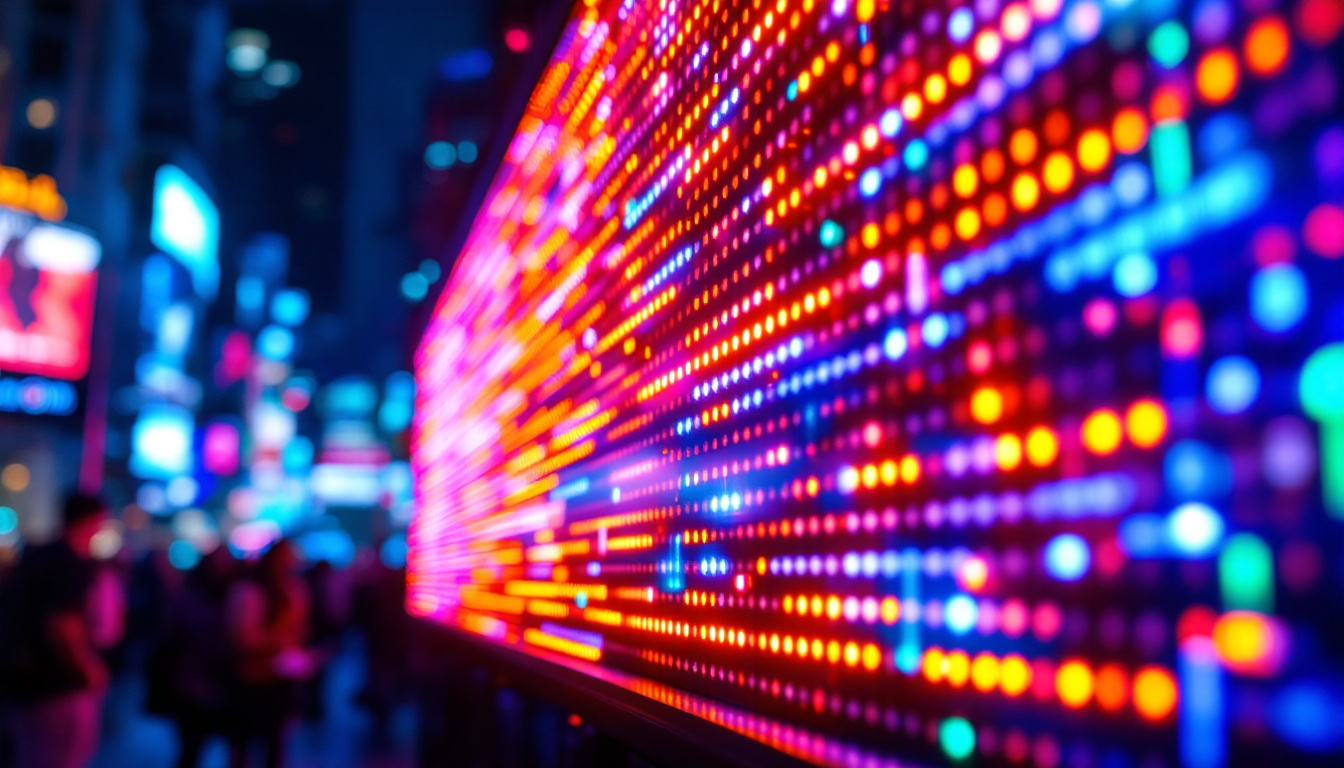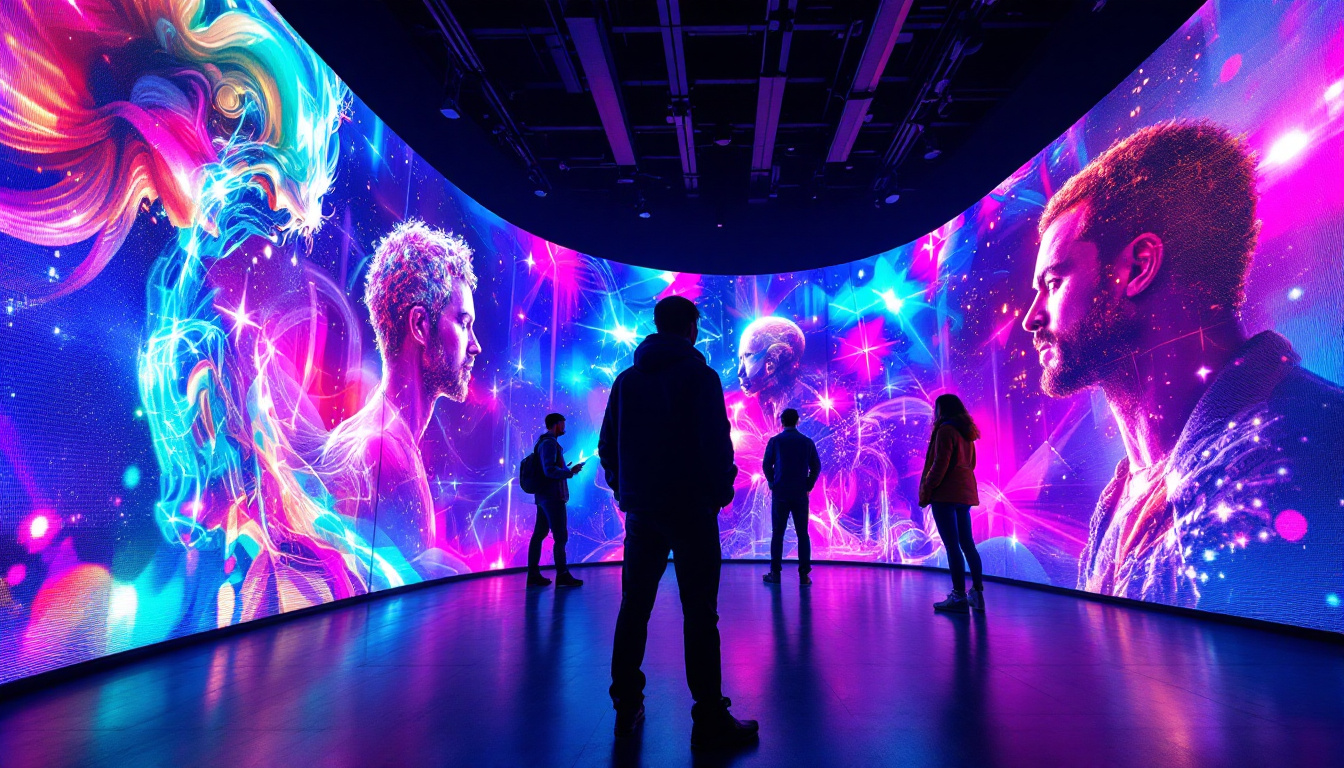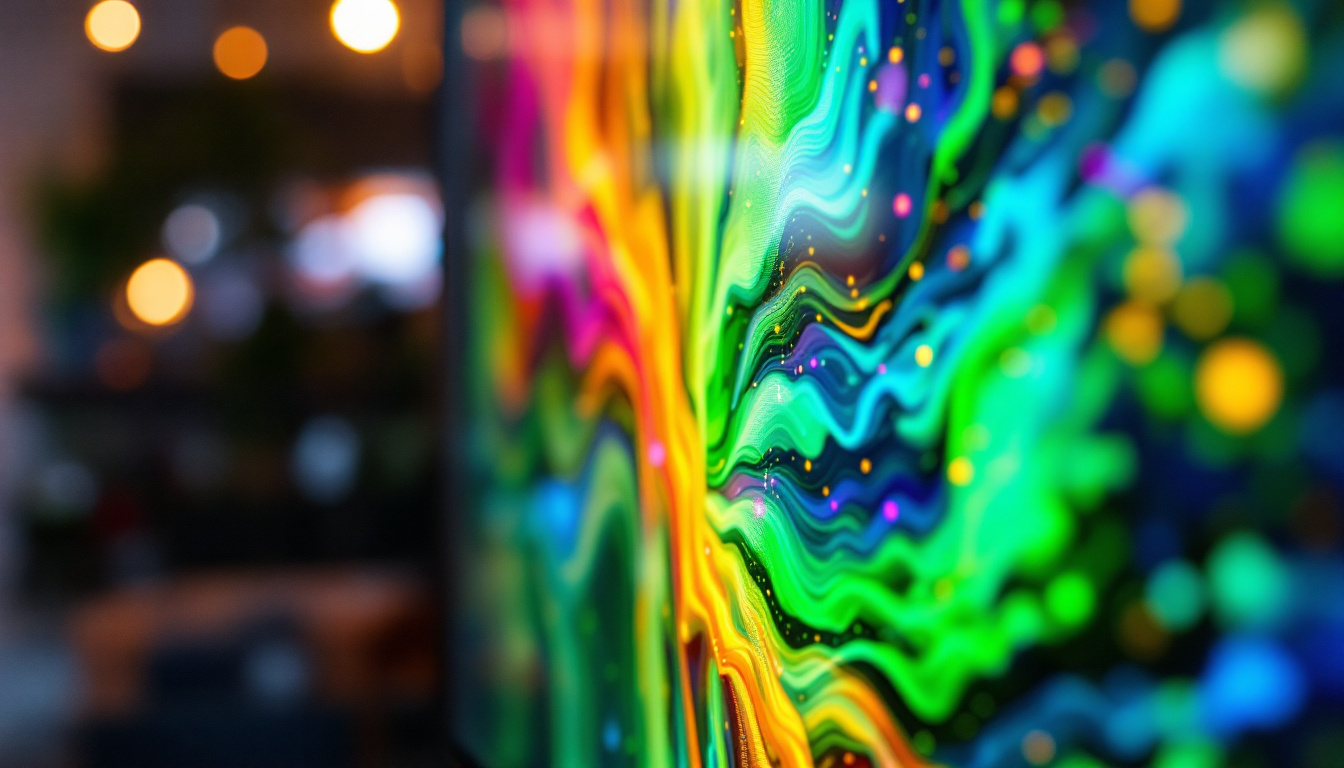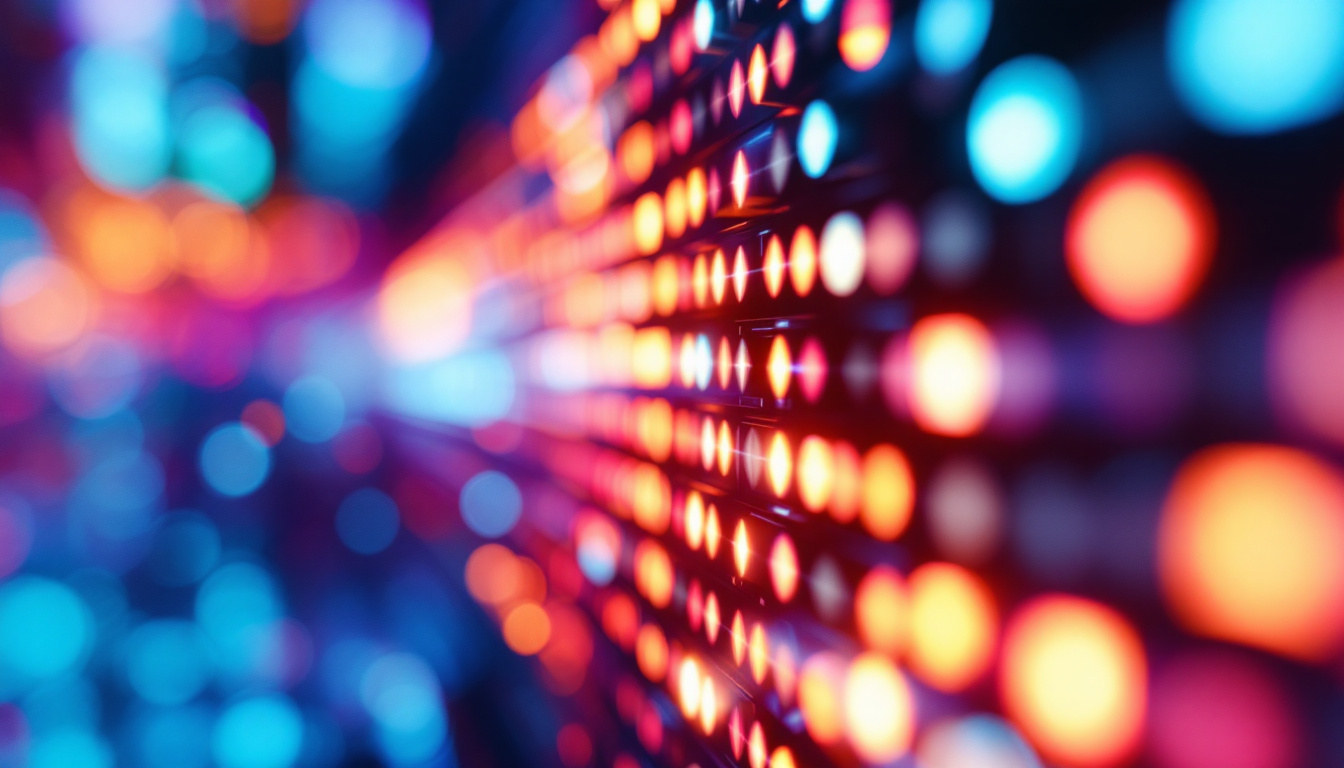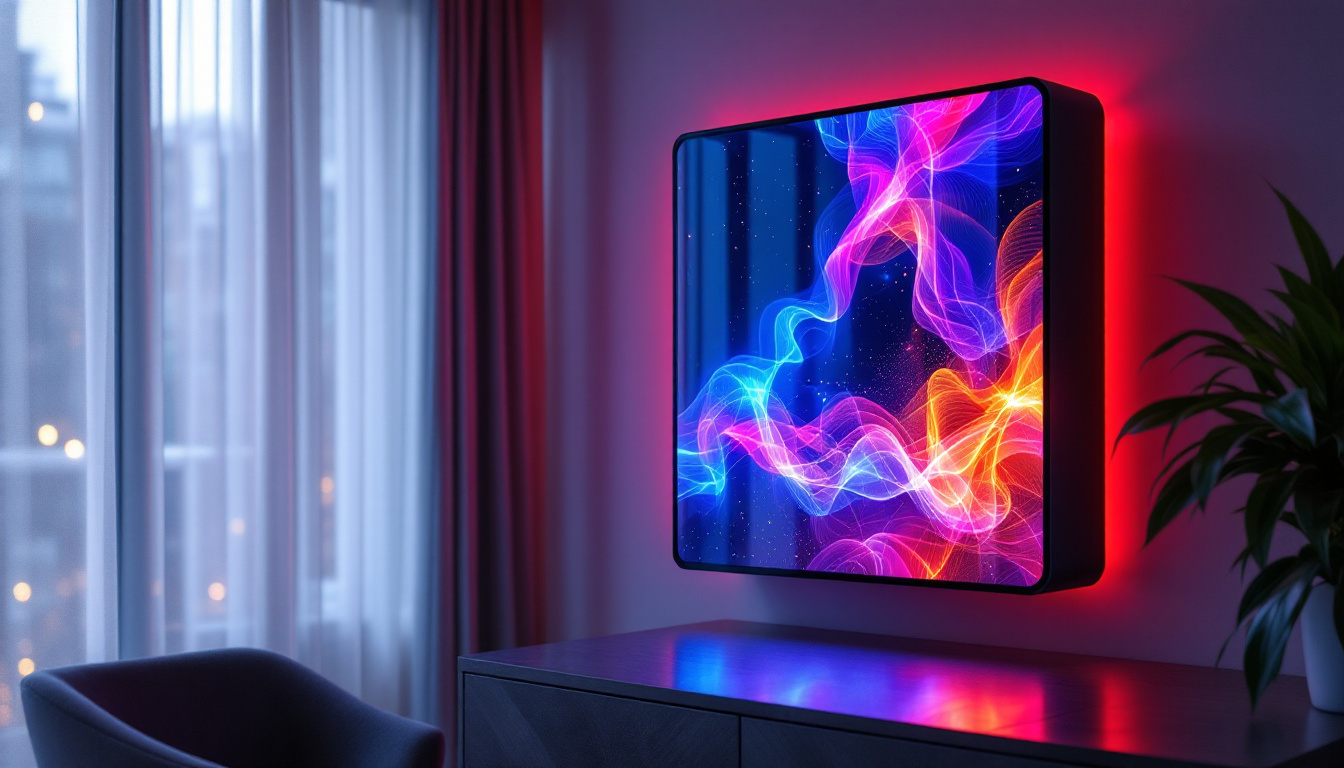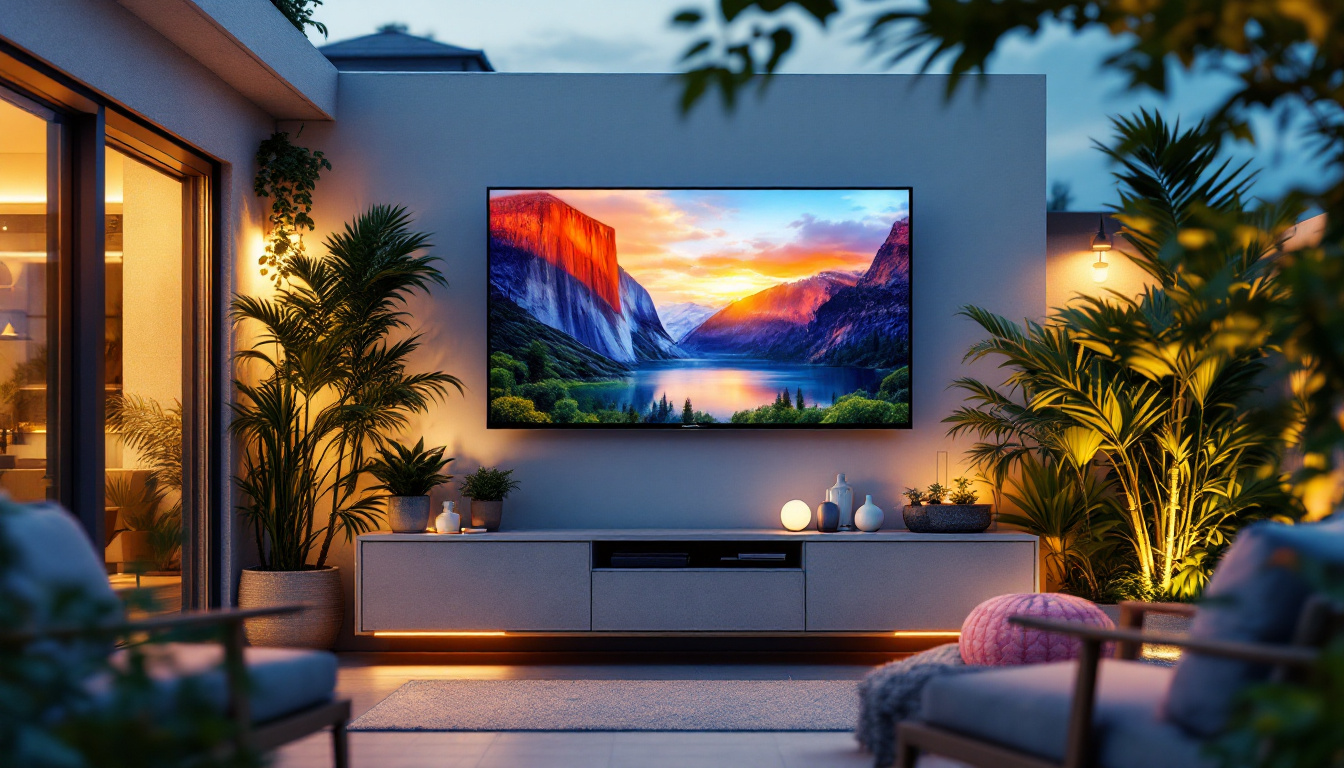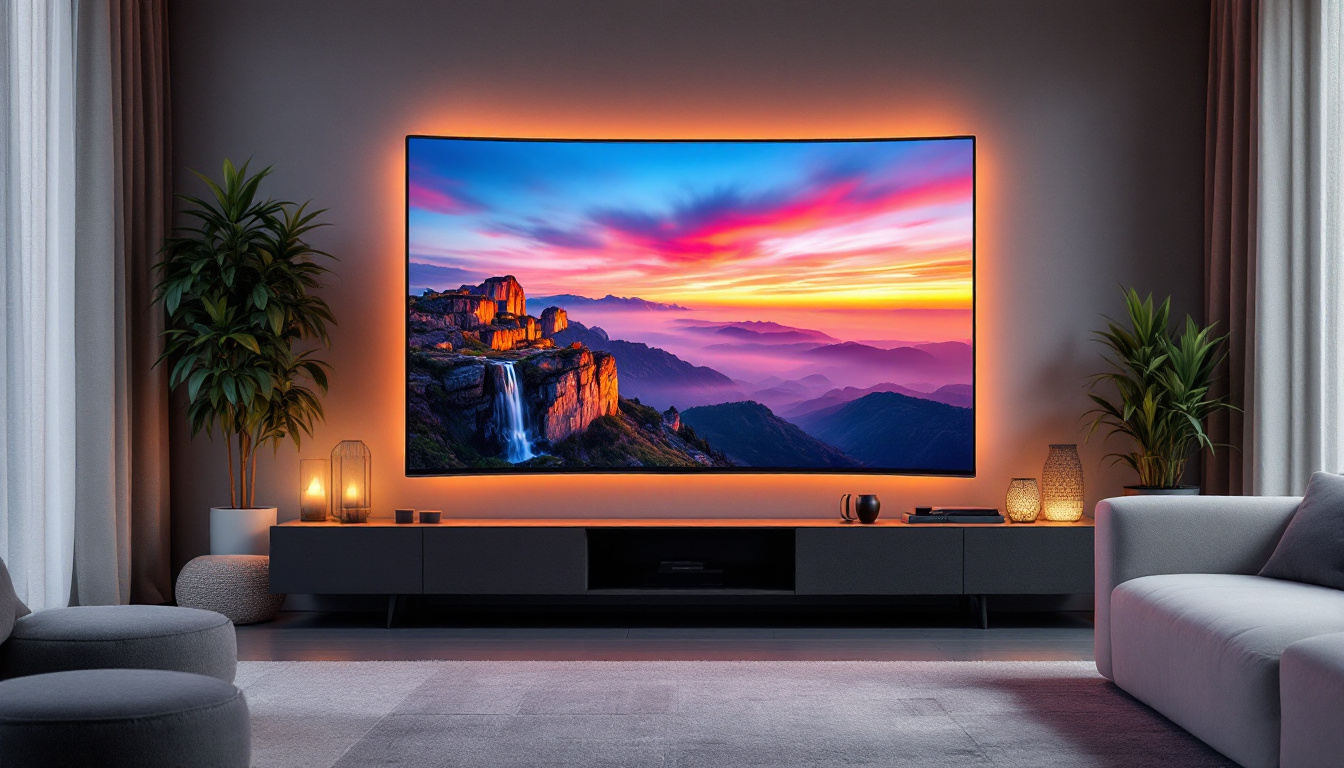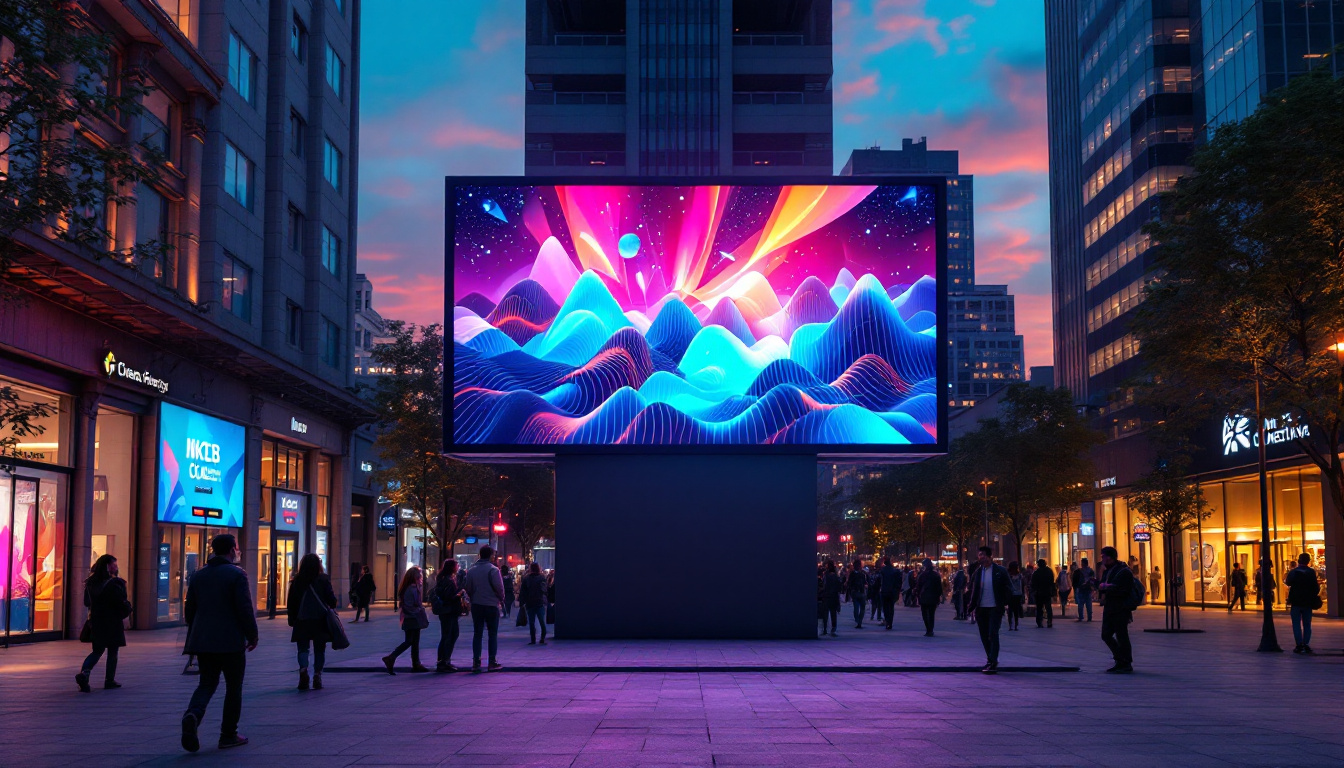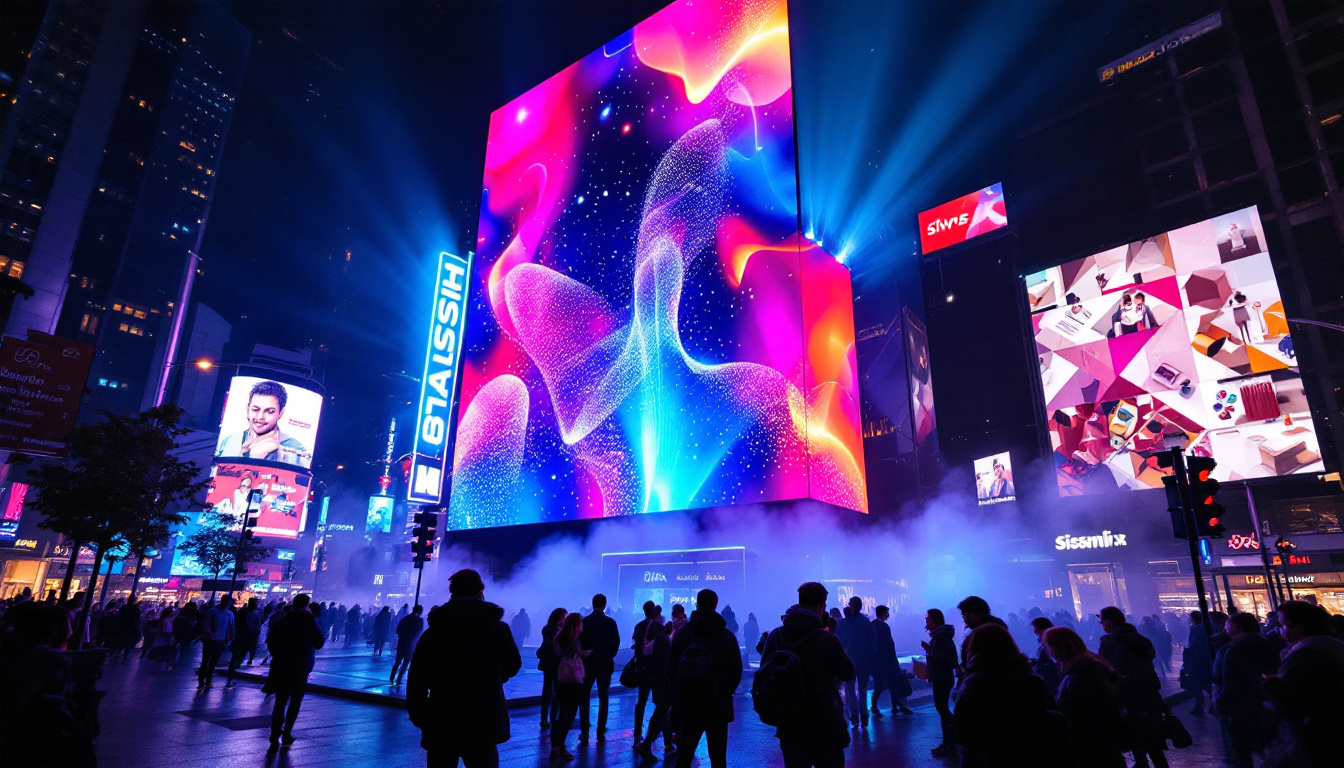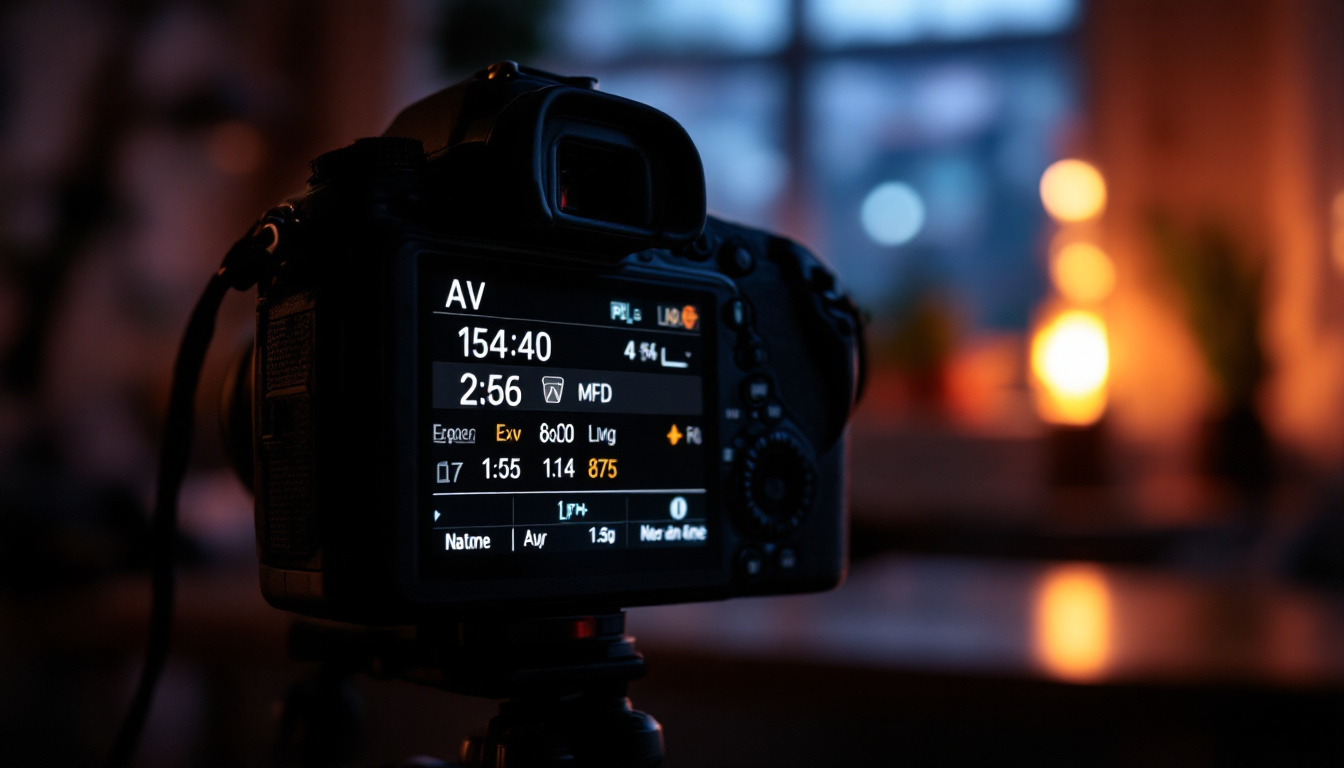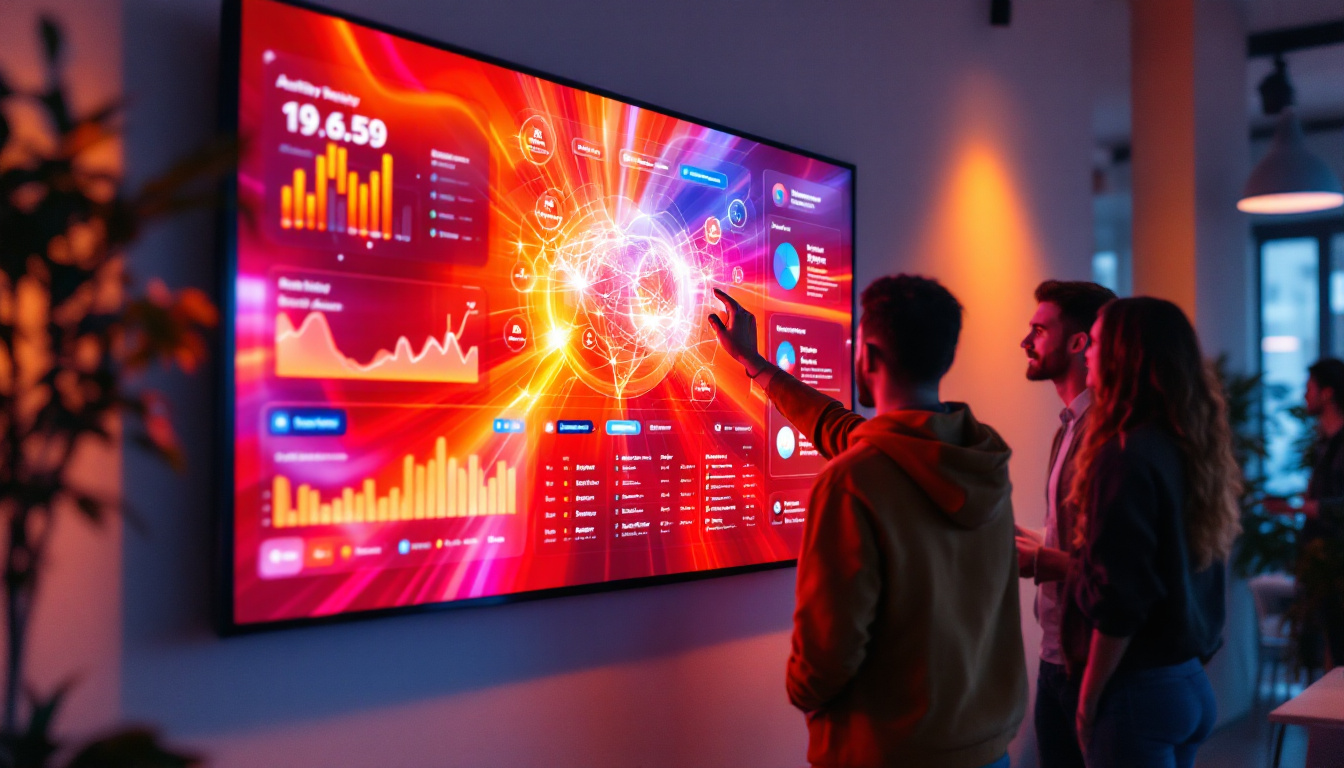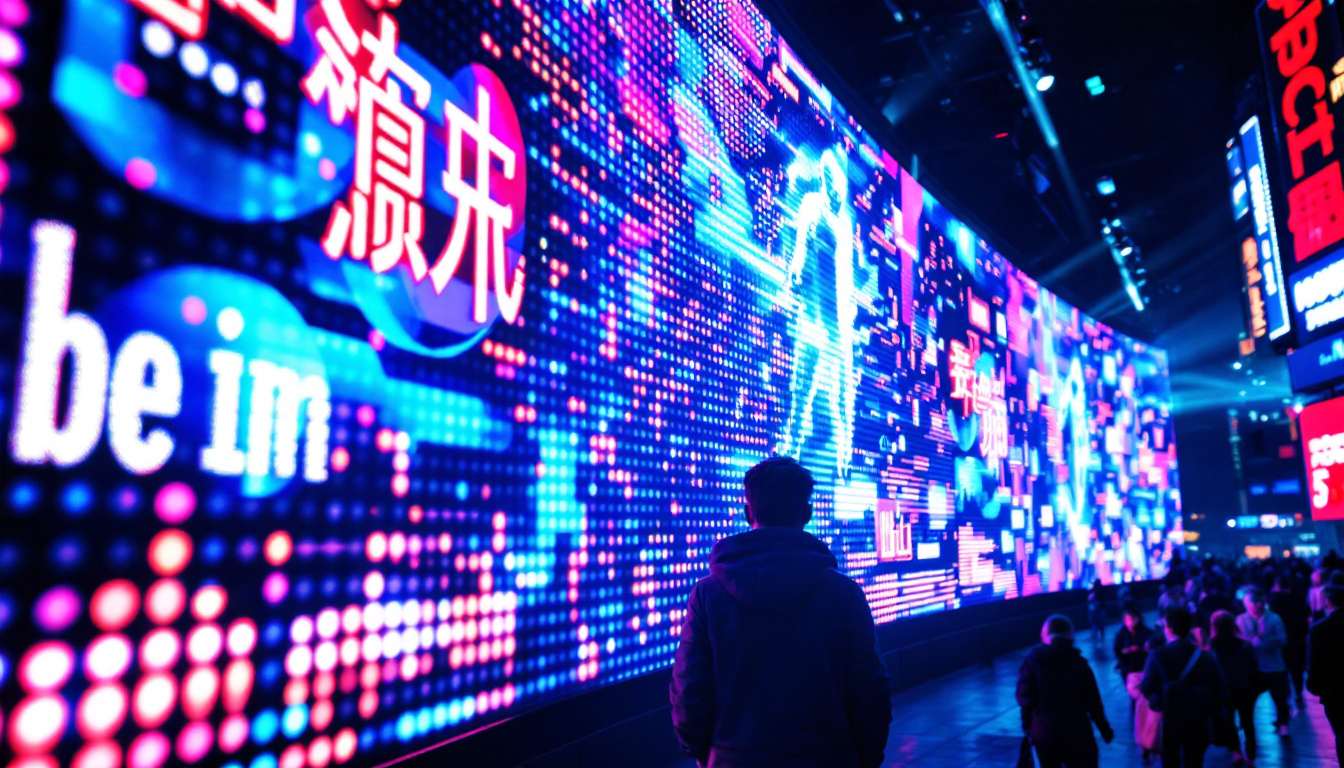In recent years, LED displays have gained immense popularity across various sectors, from advertising to entertainment and beyond. Their vibrant colors, energy efficiency, and versatility make them a preferred choice for many applications. However, understanding the current consumption of LED displays is crucial for optimizing their performance and ensuring longevity. This article delves into the intricacies of LED current consumption, exploring how it impacts display performance, energy efficiency, and overall functionality.
Understanding LED Technology
LED, or Light Emitting Diode, technology has revolutionized the way we perceive light and color. Unlike traditional incandescent bulbs, LEDs produce light through electroluminescence, which occurs when an electric current passes through a semiconductor material. This innovation has not only enhanced the efficiency of lighting but has also paved the way for new applications in various fields, from automotive lighting to architectural design.
The Basics of LED Operation
At the core of LED operation is the semiconductor material, which emits photons when energized. This process is highly efficient, allowing LEDs to produce more light per watt than conventional light sources. The efficiency of an LED is not only determined by its design but also by the quality of the materials used in its construction. For instance, advancements in phosphor technology have improved the color rendering index (CRI) of LEDs, allowing them to emit light that closely resembles natural sunlight, which is particularly beneficial in settings like art galleries and retail spaces.
When an LED is powered, it requires a certain amount of current to operate effectively. This current, measured in milliamperes (mA), directly influences the brightness and color of the emitted light. Understanding the relationship between current and LED performance is essential for optimizing display technology. Additionally, thermal management plays a crucial role in LED longevity and performance. Excessive heat can degrade the semiconductor material, leading to reduced efficiency and a shorter lifespan. Therefore, many LED systems incorporate heat sinks and other cooling mechanisms to maintain optimal operating temperatures.
Types of LED Displays
LED displays come in various forms, including direct view, backlit, and organic LEDs (OLEDs). Each type has unique characteristics and applications. Direct view LED displays are commonly used for large outdoor billboards and screens, while backlit displays are often found in TVs and monitors. OLEDs, on the other hand, offer superior color accuracy and contrast, making them ideal for high-end applications. The flexibility of OLED technology allows for curved and even transparent displays, opening up new possibilities in design and functionality.
The type of LED display chosen can significantly impact current consumption. For instance, a direct view LED display may require more current to achieve the desired brightness compared to an OLED display, which can produce vibrant colors with lower power consumption. Furthermore, advancements in LED technology, such as microLEDs, are beginning to emerge, promising even greater energy efficiency and resolution. MicroLEDs consist of tiny individual LEDs that can be arranged in a matrix, allowing for seamless integration into various surfaces and enabling ultra-high-definition displays that are both energy-efficient and visually stunning. This evolution in LED technology continues to drive innovation across multiple industries, transforming not just how we light our environments, but also how we interact with digital content.
Current Consumption in LED Displays
Current consumption is a critical factor in the operation of LED displays. It not only affects the brightness of the display but also determines the overall energy efficiency and operational costs. Understanding how current consumption works can help in making informed decisions regarding LED display usage.
Factors Influencing Current Consumption
Several factors influence the current consumption of LED displays, including the design of the LED itself, the driving circuitry, and the intended application. The following are key considerations:
- LED Design: The physical characteristics of the LED, such as size and material, can impact how much current it requires. High-brightness LEDs typically consume more current.
- Driving Circuitry: The efficiency of the driving circuitry plays a significant role in current consumption. Poorly designed circuits can lead to increased power losses, resulting in higher current requirements.
- Application Requirements: Different applications may demand varying brightness levels. For example, an outdoor display needs to be significantly brighter than an indoor display, leading to higher current consumption.
Measuring Current Consumption
Measuring the current consumption of an LED display involves using specialized equipment, such as ammeters or multimeters. These tools can provide accurate readings of the current flowing through the display, allowing for adjustments to be made as needed.
It is essential to monitor current consumption regularly, especially in large installations, to ensure that the displays are operating within their optimal parameters. Overdriving an LED display can lead to overheating and reduced lifespan, while underdriving may result in inadequate brightness.
In addition to regular monitoring, implementing smart technology can enhance the management of current consumption. Advanced LED displays can be equipped with sensors and software that dynamically adjust brightness levels based on ambient light conditions. This not only optimizes visibility but also conserves energy, contributing to lower operational costs and a reduced carbon footprint. Moreover, integrating such technologies can lead to a more sustainable approach in the long run, aligning with the growing emphasis on energy efficiency in various sectors.
Furthermore, understanding the thermal dynamics associated with current consumption is equally important. LEDs generate heat as they operate, and excessive current can exacerbate this issue, leading to thermal runaway—a condition where increased temperature results in further increases in current draw. Effective thermal management strategies, such as heat sinks and active cooling systems, can mitigate these risks, ensuring that the LED displays function reliably over extended periods. By addressing both current consumption and thermal management, users can maximize the performance and longevity of their LED displays.
Energy Efficiency of LED Displays
One of the significant advantages of LED technology is its energy efficiency. Compared to traditional lighting solutions, LEDs consume significantly less power, making them an environmentally friendly option.
Comparative Energy Consumption
When comparing LED displays to other types of displays, such as LCD or plasma, the difference in energy consumption becomes evident. For instance, an LED display can consume up to 80% less energy than a traditional LCD display while providing superior brightness and color quality.
This energy efficiency translates to lower operational costs, making LED displays an attractive option for businesses and organizations looking to reduce their energy bills. Additionally, the longer lifespan of LEDs means that replacement costs are minimized over time.
Impact on the Environment
In an era where sustainability is paramount, the low energy consumption of LED displays contributes to a reduced carbon footprint. By consuming less power, LED technology helps decrease greenhouse gas emissions associated with electricity generation.
Moreover, LEDs are often made from non-toxic materials, which further minimizes their environmental impact. As industries and consumers become more environmentally conscious, the demand for energy-efficient solutions like LED displays continues to grow.
Optimizing Current Consumption
To maximize the benefits of LED displays, it is essential to optimize their current consumption. This involves several strategies that can enhance performance while maintaining energy efficiency.
Adjusting Brightness Levels
One effective way to optimize current consumption is by adjusting the brightness levels of the display. Many LED displays come equipped with dimming capabilities, allowing users to reduce brightness during low-light conditions.
By lowering the brightness, the current consumption can be significantly reduced, leading to energy savings without compromising visibility. This approach is particularly useful for indoor displays, where excessive brightness can be distracting.
Implementing Smart Control Systems
Smart control systems can play a pivotal role in optimizing current consumption. These systems can automatically adjust brightness levels based on ambient light conditions, ensuring that the display operates efficiently at all times.
Moreover, integrating sensors that detect viewer proximity can further enhance energy efficiency. By dimming the display when no one is around, businesses can reduce unnecessary power consumption, leading to substantial cost savings over time.
Future Trends in LED Displays
The LED display industry is continually evolving, with advancements in technology paving the way for more efficient and versatile solutions. Understanding these trends can provide insights into the future of LED current consumption.
Advancements in LED Technology
Recent advancements in LED technology have led to the development of more efficient diodes that consume less current while delivering higher brightness levels. Innovations such as quantum dot technology and microLEDs are pushing the boundaries of what is possible in display technology.
These advancements not only enhance the visual quality of LED displays but also contribute to further reductions in energy consumption. As manufacturers continue to invest in research and development, the future of LED displays looks promising.
Integration with Renewable Energy Sources
As the world shifts towards renewable energy sources, the integration of LED displays with solar panels and wind energy systems is becoming increasingly common. This synergy allows for self-sustaining displays that operate independently of the grid, further reducing energy costs and environmental impact.
Such integrations not only enhance the sustainability of LED displays but also offer opportunities for innovative applications, such as outdoor advertising in remote locations where traditional power sources may not be available.
Conclusion
Understanding LED current consumption is vital for maximizing the performance and efficiency of LED displays. By considering factors such as design, driving circuitry, and application requirements, users can make informed decisions that lead to optimal display performance.
The energy efficiency of LED technology not only translates to cost savings but also contributes to a more sustainable future. As advancements in LED technology continue to emerge, the potential for further reductions in current consumption and enhanced display capabilities remains promising.
In a world increasingly focused on energy conservation and environmental responsibility, LED displays stand out as a beacon of innovation, providing vibrant visuals while minimizing their impact on the planet. Embracing these technologies will undoubtedly shape the future of visual communication across various sectors.
Explore Cutting-Edge LED Displays with LumenMatrix
Ready to experience the future of visual communication? LumenMatrix is at the forefront of LED display technology, offering a wide range of innovative solutions that bring your brand to life. From Indoor and Outdoor LED Wall Displays to specialized options like Vehicle, Sports, and Floor LED Displays, our products are designed to captivate and engage your audience. Discover how our Custom, All-in-One, and Transparent LED Displays can transform your message into a visually stunning experience. Check out LumenMatrix LED Display Solutions today and elevate your visual impact.

